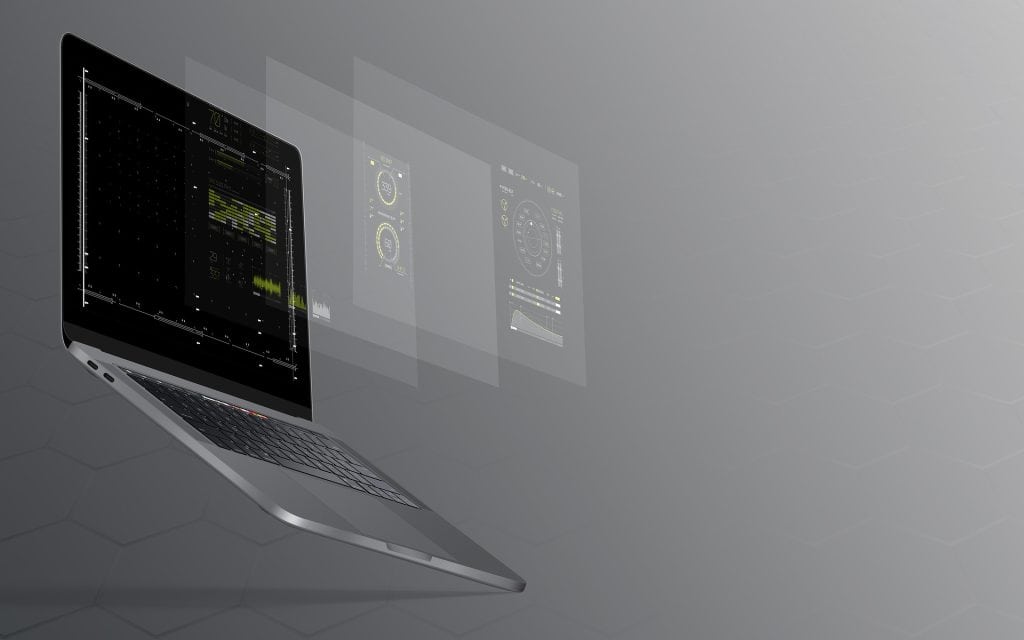Technology is constantly evolving, and keeping up with the latest trends can be a challenge. As it changes and new products come on the market, it’s important to understand what you need to stay innovative. When considering upgrading your tech equipment, there are several things that you should consider. Read on to see what are the top tech features!
Purpose
Understanding the specific tasks and functions required of the equipment can help you make informed decisions about upgrading. It’s important to know why people are often looking for a good 3D printer and what features seem the most attractive. This information will surely help you narrow down your choices.
For example, if you work in a graphic design studio, you may require high-end equipment with powerful video cards and processors to handle complex software. On the other hand, if you work in a call center, you may only require basic equipment with good internet connectivity. Considering the purpose of your equipment can also help you determine if upgrading is even necessary. If your current equipment is still meeting your needs, there may not be a need to shell out for an upgrade.
Compatibility
With so many options available in the market, it can be overwhelming to determine which equipment to upgrade to and if it’s compatible with your existing tech infrastructure. This is an important factor when because it ensures that your current system can work seamlessly with your new equipment. This means that you won’t experience any delays or downtime in your operations, and you can maximize the use of your new investment.
For instance, when upgrading a computer, it’s essential to consider if your new device is compatible with your existing software programs and hardware peripherals such as printers, scanners, and monitors. It’s also crucial to check if your new computer is compatible with your existing network, specifically if you’re using multiple computers or servers. Another aspect to consider is compatibility with file formats. For instance, if you’re upgrading your phone, ensure that it can read and edit the files you frequently use, such as Microsoft Office documents.
Future-proofing
Essentially, future-proofing refers to making technology purchases that will remain relevant and useful for years to come, rather than becoming outdated in a matter of months. Here are some indicators of this:
- upgradable components
- compatibility with new standards
- software support
- longevity
- flexibility
- energy efficiency
- large user base
- customizing
- industry standards
There are several benefits to future-proofing tech equipment. First, it can save money in the long run. By investing in high-quality, durable equipment that is designed to last, businesses can avoid the need to replace outdated technology every few years. This can lead to significant cost savings over time.
Ease Of Use
In today’s fast-paced world, time is of the essence, and no one wants to waste time fiddling with complicated equipment. Easy-to-use equipment can significantly improve one’s work efficiency. It saves time, energy, and frustration that would otherwise be wasted on learning how to use the equipment. Additionally, if the equipment is too complicated, it can lead to mistakes and errors due to a lack of understanding, which is highly undesirable, especially when dealing with sensitive data.
A user-friendly interface is a key feature of easy-to-use technology equipment. A confusing interface can be intimidating, and disorienting, and can create a poor user experience. On the other hand, an interface that is simple, clean, and intuitive can significantly improve the overall experience. Don’t underestimate this!
Brand Reputation
A brand with a strong reputation is generally an indication of a higher-quality product. Those that have a history of producing durable and reliable equipment are more likely to continue to do so in the future. Also, investing in a reputable brand can provide valuable customer support. If something goes wrong with your equipment, knowing that you can reach out to a reliable and supportive customer service team can make all the difference.
Finally, purchasing from a reputable brand can provide long-term benefits. These benefits can include access to software and firmware updates, extended warranties, and even trade-in programs for newer models.
Warranty And Support
Warranty and support can often be the key to upgrading our tech equipment without breaking the bank. Many companies offer packages that include repair services, upgrades, and even replacements for faulty devices. These can extend the life of your devices and improve their performance, all without the expense of purchasing new equipment.
For example, Apple offers an extended warranty program called AppleCare, which extends the standard warranty and provides technical support and repair services. Other companies, such as Dell and HP, also offer similar warranty and support packages, providing repair and upgrade services to improve the performance of your devices.

From compatibility with existing networks and file formats to future-proofing features such as upgradable components and software support, these considerations can help ensure that you get the most out of your purchase. Additionally, investing in user-friendly interfaces and reputable brands provides long-term benefits like access to updates, extended warranties, customer service support, and more. Finally, warranty packages from companies such as AppleCare or Dell/HP provide repair services for faulty devices so you don’t have to spend money on replacing them entirely!
Caroline is doing her graduation in IT from the University of South California but keens to work as a freelance blogger. She loves to write on the latest information about IoT, technology, and business. She has innovative ideas and shares her experience with her readers.






